In the world of Affiliate Marketing, traffic is everything.
No traffic means no clicks — and without clicks, there’s no commission.
Whether you’re promoting products, writing reviews, or building a brand, your success largely depends on where your traffic comes from. So, the big question is:
Should you rely on SEO, Paid Ads, or Social Media to drive visitors to your affiliate links?
Let’s explore each traffic source in detail, uncover their advantages and drawbacks, and find out which strategy suits your goals best.
SEO (Search Engine Optimization)
What it is
SEO, or Search Engine Optimization, is the art of optimizing your content so it appears when users search for something relevant on Google or other search engines.
For example, if someone searches for “best running shoes under $100,” and your blog post appears in the top results, that’s SEO working for you.
SEO helps you attract organic traffic — people who are actively looking for solutions, not just casually browsing.
Advantages of SEO Traffic
-
Sustainable and Long-Term Growth
Unlike ads that stop the moment you pause your campaign, SEO builds a foundation for consistent traffic over time. Once your content ranks, it can keep bringing in visitors for months or even years. -
High Conversion Rates
SEO traffic is intent-based. Visitors who come from Google usually have a clear intent — they’re searching for information or a product to buy. This makes them far more likely to click your affiliate links and make a purchase. -
Cost-Effective Over Time
While SEO takes time and effort to build, it’s essentially free traffic once your site ranks. You invest time instead of money, and the payoff compounds.
Disadvantages of SEO Traffic
-
Takes Time to Build Results
SEO isn’t instant. It may take weeks or months before your articles reach the first page of Google. -
Requires Skill and Consistency
Writing SEO-friendly content involves keyword research, on-page optimization, link building, and understanding Google’s ranking algorithms.
Pro Tip: Start SEO Without a Website
If you’re new and don’t yet own a domain, you can still start blogging and ranking using free SEO-friendly platforms like Blogbio.
Blogbio allows creators to publish high-quality blog posts for free, optimize them for Google, and even earn directly from traffic through built-in monetization — even before you make affiliate sales.
This is a powerful way to get started with SEO without upfront costs or technical headaches.
Ads (Facebook Ads, Google Ads, Native Ads, etc.)
What it is
Paid advertising is the fastest way to get traffic. You invest money to instantly reach your audience through Facebook Ads, Google Ads, Native Ads, or similar platforms.
Ads allow you to “buy traffic” — meaning you pay to show your offer to targeted users based on age, gender, interests, or online behavior.
Advantages of Paid Ads
-
Immediate Results
You can launch a campaign in the morning and start seeing traffic within hours. Perfect for testing offers or scaling new affiliate products quickly. -
Precise Targeting
Platforms like Facebook and Google let you define your audience with incredible accuracy. You can target by demographics, location, interests, or even online purchase history. -
A/B Testing Opportunities
Ads are perfect for experimentation. You can test multiple landing pages, creatives, or messages to identify what converts best. -
Scalable Traffic
Once you find a winning formula, you can scale your budget to multiply your profits instantly.
Disadvantages of Paid Ads
-
High Cost
Advertising costs are rising rapidly, especially in competitive niches like finance, fitness, or tech. If your campaign isn’t well-optimized, you might end up spending more than you earn. -
Requires Expertise
Running profitable ad campaigns takes practice. Without understanding metrics like CPM, CTR, and ROAS, it’s easy to “burn your budget” without seeing conversions. -
Short-Term Traffic
The biggest downside of ads? Once you stop paying, the traffic stops immediately. It’s not sustainable without a long-term plan.
Best Use Case
Paid Ads are ideal when:
-
You want to test new affiliate products fast.
-
You need immediate results or seasonal campaign boosts.
-
You’re confident in your conversion funnel and can measure ROI accurately.
However, over time, it’s smart to combine ads with SEO and social channels to reduce dependency on paid traffic.
Social Media (TikTok, Facebook, Instagram, YouTube, etc.)
What it is
Social traffic comes from creating engaging posts, videos, or images that attract followers and encourage them to click your affiliate links.
It’s all about building trust, entertainment, and community — not just selling.
Platforms like TikTok, Instagram Reels, YouTube Shorts, and Facebook allow you to go viral with the right content strategy.
Advantages of Social Media Traffic
-
Viral Potential
A single short-form video can reach thousands or even millions of people overnight. This viral potential makes social media one of the fastest ways to build awareness and drive traffic. -
Human Connection
Social content lets you express personality. You can share stories, show behind-the-scenes moments, or review products in a relatable way. This builds trust, which boosts conversion rates. -
Personal Branding
Instead of being “just another affiliate,” you become a content creator or influencer. People follow you for your style, opinions, and authenticity — making affiliate links feel natural. -
Community Growth
Over time, your followers turn into loyal fans who engage with your posts and recommend your content to others.
Disadvantages of Social Media Traffic
-
Algorithm Dependency
Social platforms frequently change algorithms. One day you might get thousands of views, and the next — your reach drops dramatically. -
Constant Creativity Required
To stay visible, you must post regularly, follow trends, and keep your content fresh. -
Harder to Measure ROI
Social metrics (likes, shares, views) don’t always translate into sales. A viral video may not necessarily convert into affiliate income.
Best Use Case
Social media is ideal when you want to:
-
Build a personal brand or influencer presence.
-
Create low-cost organic traffic through content marketing.
-
Connect emotionally with your audience.
It’s the most budget-friendly traffic source — you don’t pay for ads, but you invest your creativity and consistency.
Which Traffic Source Is Best?
Each traffic channel plays a different role in your affiliate marketing journey. The smartest affiliates don’t rely on just one — they combine all three for maximum impact.
| Goal | Best Traffic Source |
|---|---|
| Build long-term sustainability | SEO |
| Get instant traffic and test offers | Ads |
| Grow personal brand and community | Social Media |
Pro Strategy: Combine All Three
The most successful affiliate marketers use a hybrid approach:
-
Use Ads to test new products and identify what converts.
-
Create SEO content around those proven offers for long-term traffic.
-
Leverage Social Media to grow a personal brand and keep audiences engaged.
This strategy creates a balanced ecosystem — short-term profits, steady growth, and strong brand recognition.
Summary
-
SEO = Long-term, sustainable, and cost-effective. Perfect for patient marketers.
-
Ads = Fast and scalable but expensive. Best for testing and rapid growth.
-
Social = Creative, viral, and brand-building. Ideal for personal connection.
If you’re serious about affiliate success, don’t choose just one.
Start with what you can afford, master it, then expand.
The future of affiliate marketing belongs to those who diversify their traffic sources — blending SEO, Ads, and Social Media into one powerful system that generates traffic, builds trust, and drives revenue.
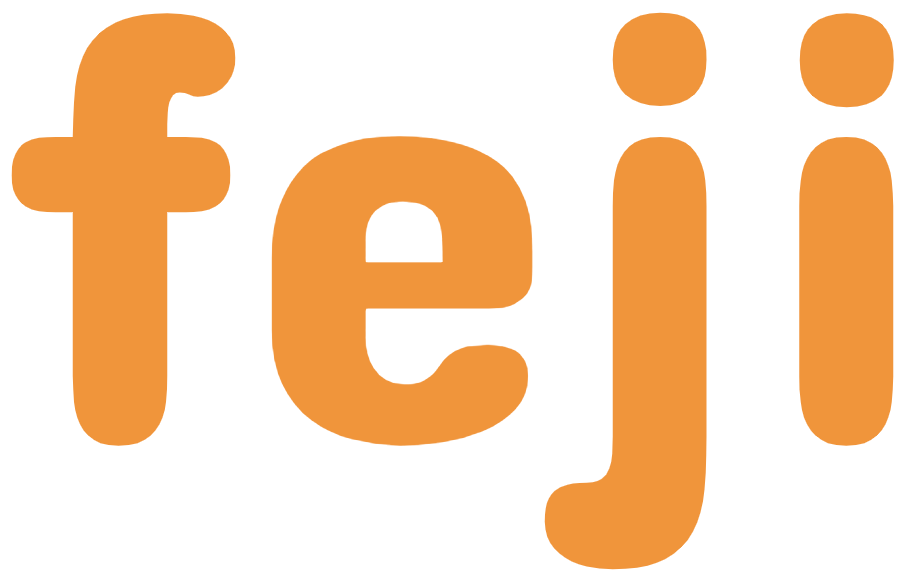
 Vietnamese
Vietnamese

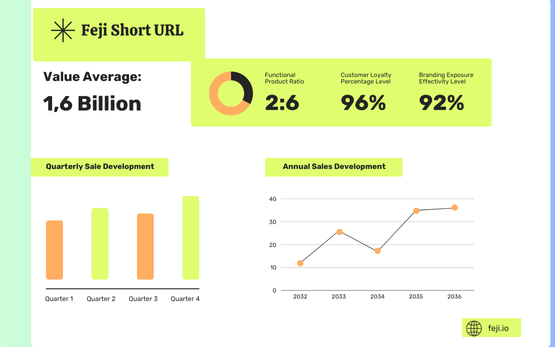
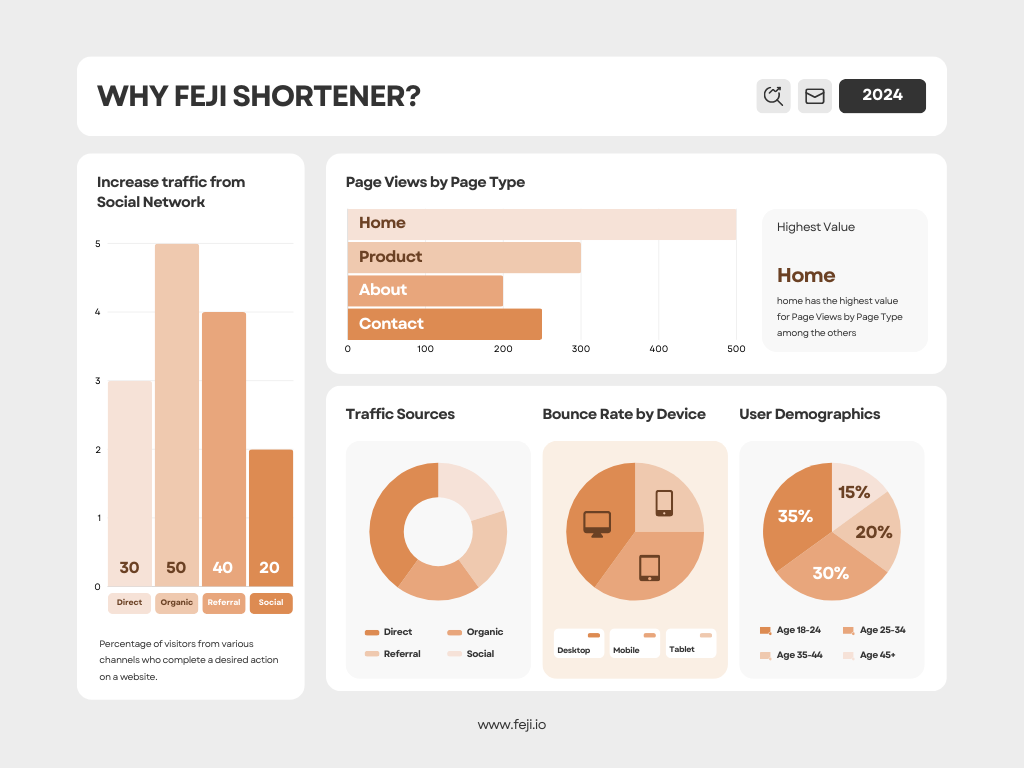
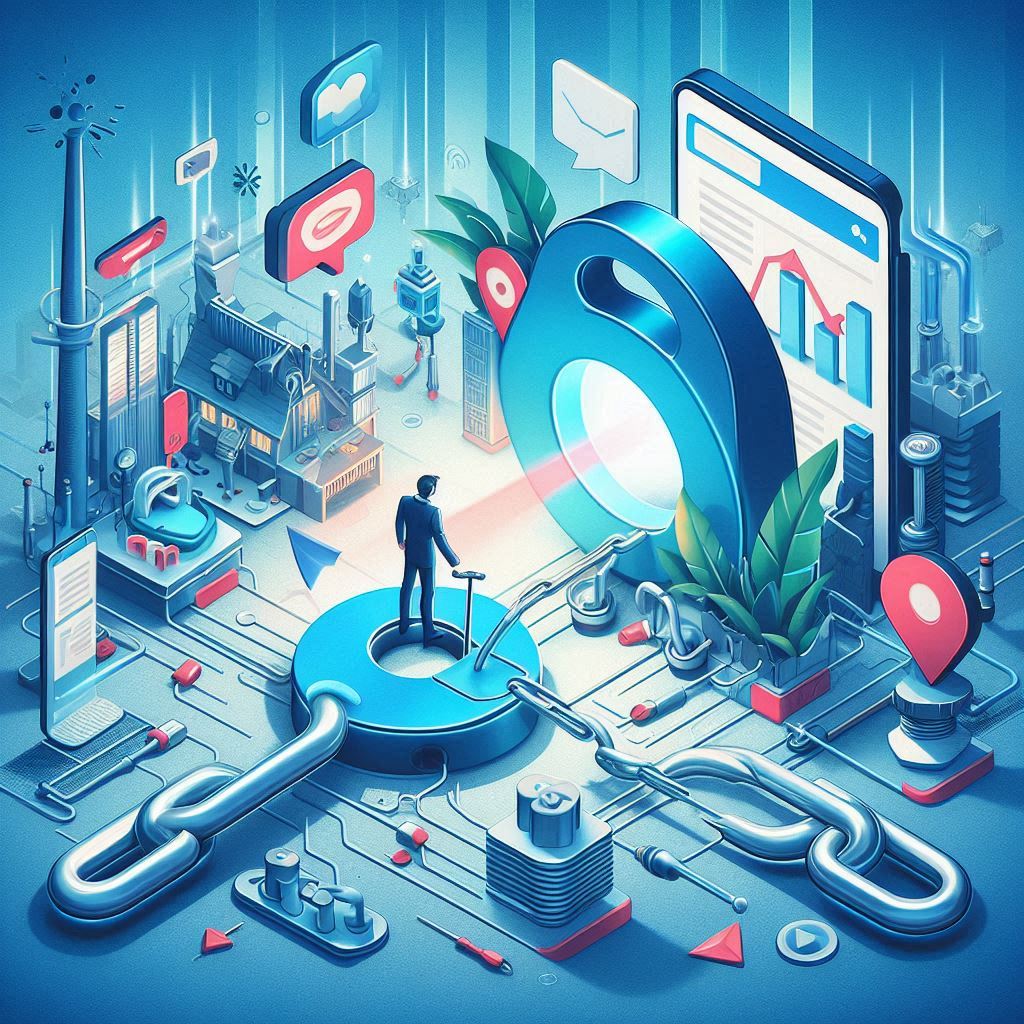
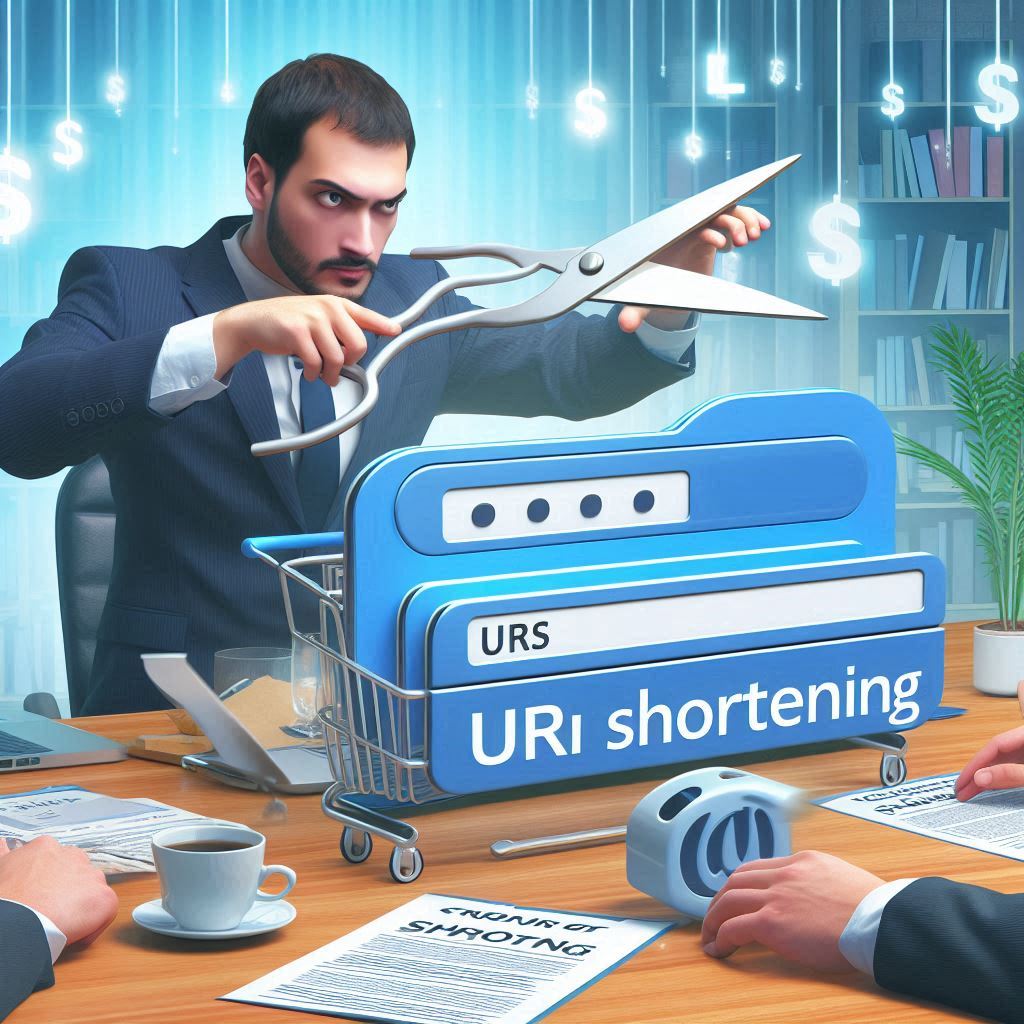




Nguyen Hoai Thanh
Nguyen Hoai Thanh is the Founder and CEO of Metaconex. With 12 years of experience in developing websites, applications and digital media, Nguyen Hoai Thanh has many stories and experiences of success to share.